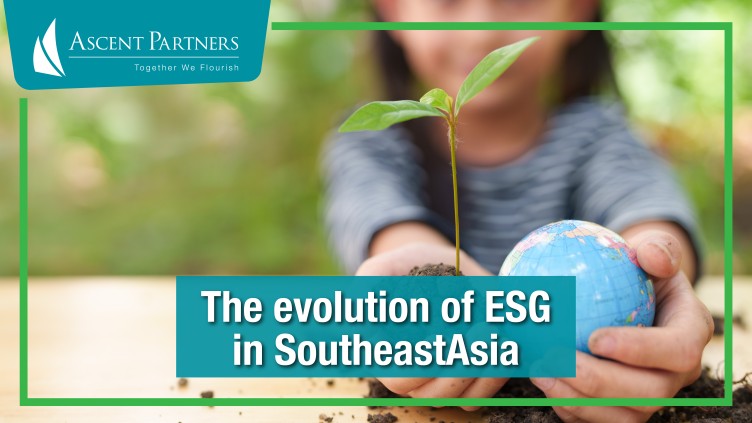
The evolution of ESG in SoutheastAsia
As awareness of ESG has grown, management teams must engage with stakeholders, including investors, supply chains and consumers, to demonstrate that the value of ESG is crucial in Asia.
ESG has developed from a simple compliance and risk management exercise into a lever for unlocking value-creation opportunities and driving business transformation.
The emphasis has notably shifted over the last decade from simple compliance to value-add for companies.
Companies in SoutheastAsia are generally slightly behind the curve on ESG implementation compared to their western counterparts, but the awareness amongst companies, investors, and consumers has increased dramatically over the last 5 or 6 years.
There is huge enthusiasm and interest in ESG in Asia, confusion around expectations, and fear of greenwashing. Setting clear criteria is the next step in the evolution of ESG in the region
However, the practicalities of implementation, remain challenging. Reality is that in markets like SoutheastAsia, there are a range of competing priorities that can make ESG challenging to drive forward.
To help combat these hurdles, developing an environmental and social action plan, which is discussed and aligned by the chief executive and senior management team to secure the engagement and commitment of the senior people in a company, is of paramount importance.
This must then be followed -up through quarterly reviews and progress reports, using the Task Force on Climate-Related Financial Disclosure and other metrics such as the IFC and ILO standards to assess ESG risk and possible upside.
In SoutheastAsia one of the key factors is human capital, as Southeast Asia is still catching up with Europe on ESG standards, especially regarding human capital.
Labour standards vary massively across the region. Whilst places such as Singapore have high labour standards and an effective workforce policy, other countries are still lagging behind in this respect. Accusations of slave labour and enforced working hours plague not only the Southeast Asian region, but much of Asia as a whole.
Once an environmental and social action plan has been implemented successfully, with regular reviews and action plans established, the emphasis is not only on filling the gaps from a risk perspective, but also establishing a base for value creation that a company can work off.
This can range from simple reductions of emissions and carbon footprint to designing specific ESG products or qualifying companies to secure green financing.
By adopting these critical points, and embracing ESG from the boardroom down, companies will add value, both financially and reputationally.
And hopefully, save the planet as well.
